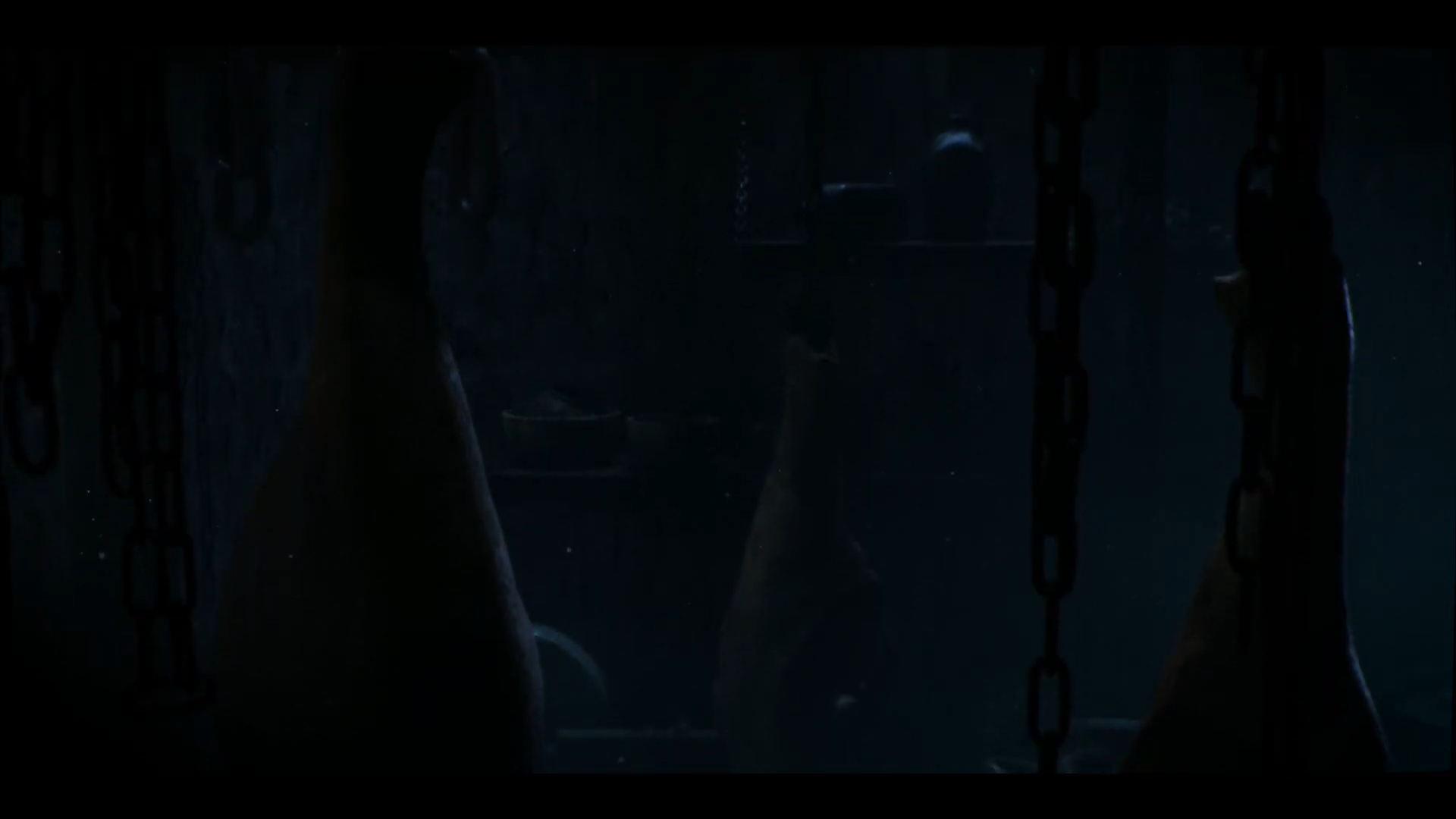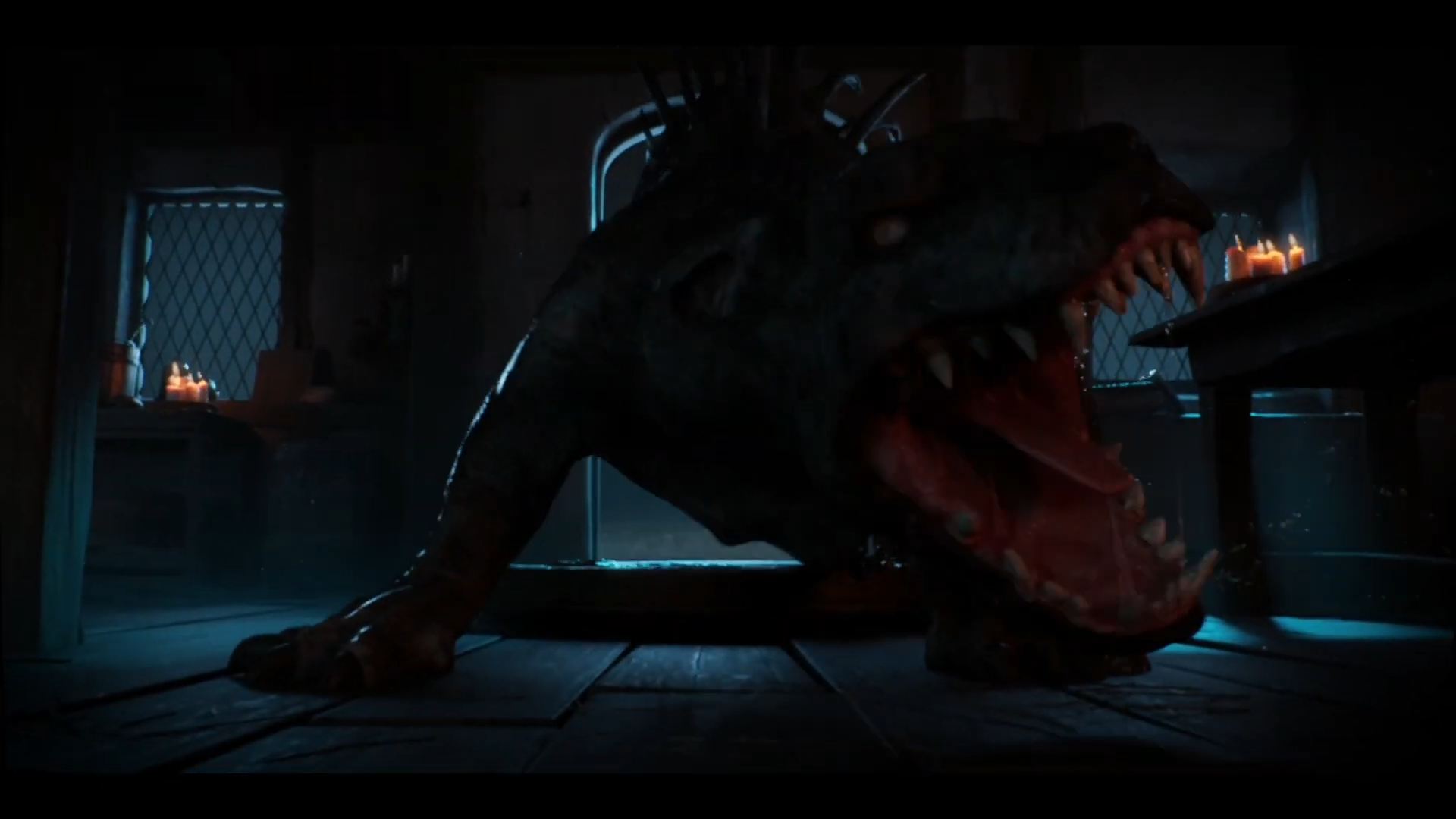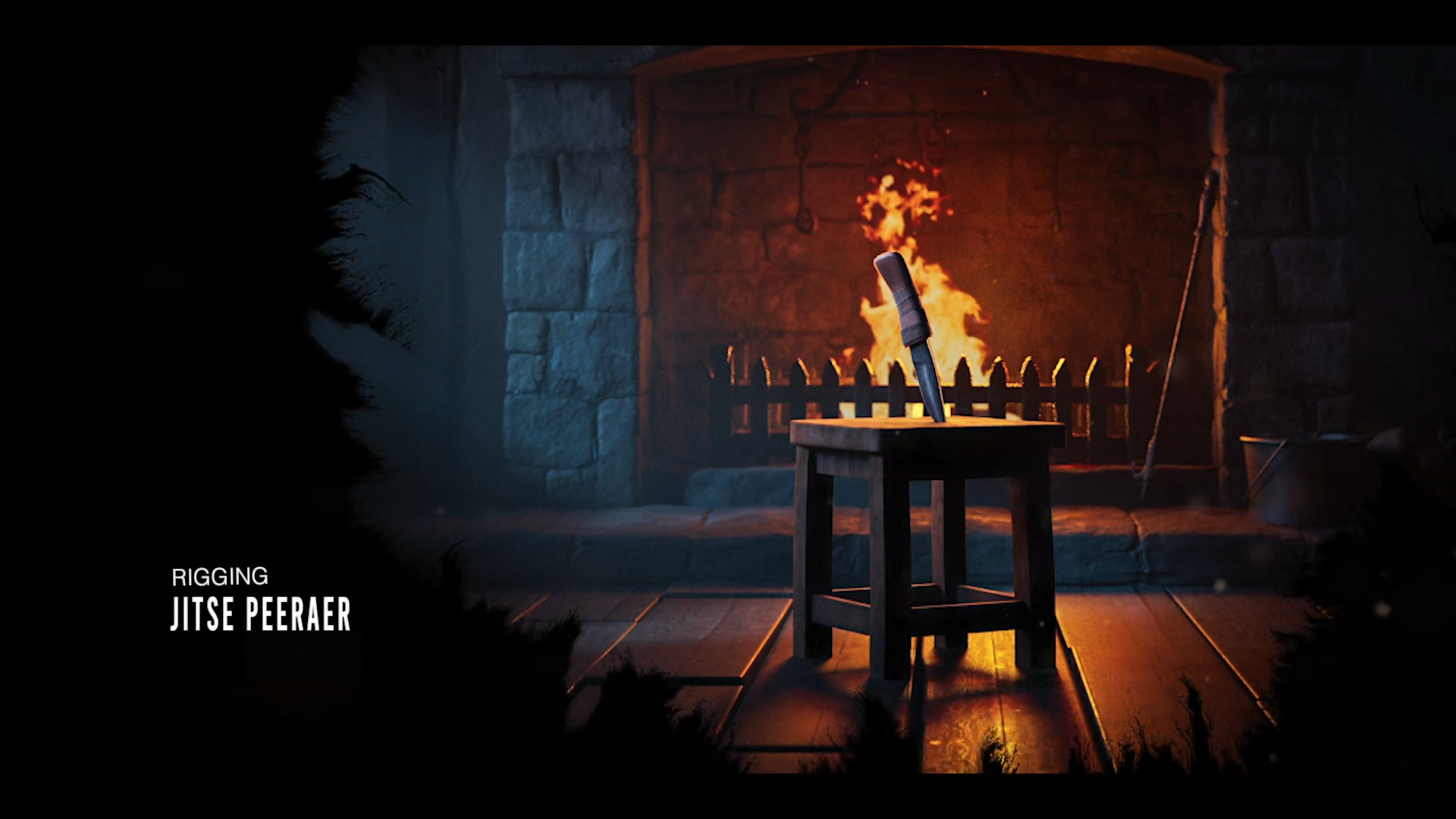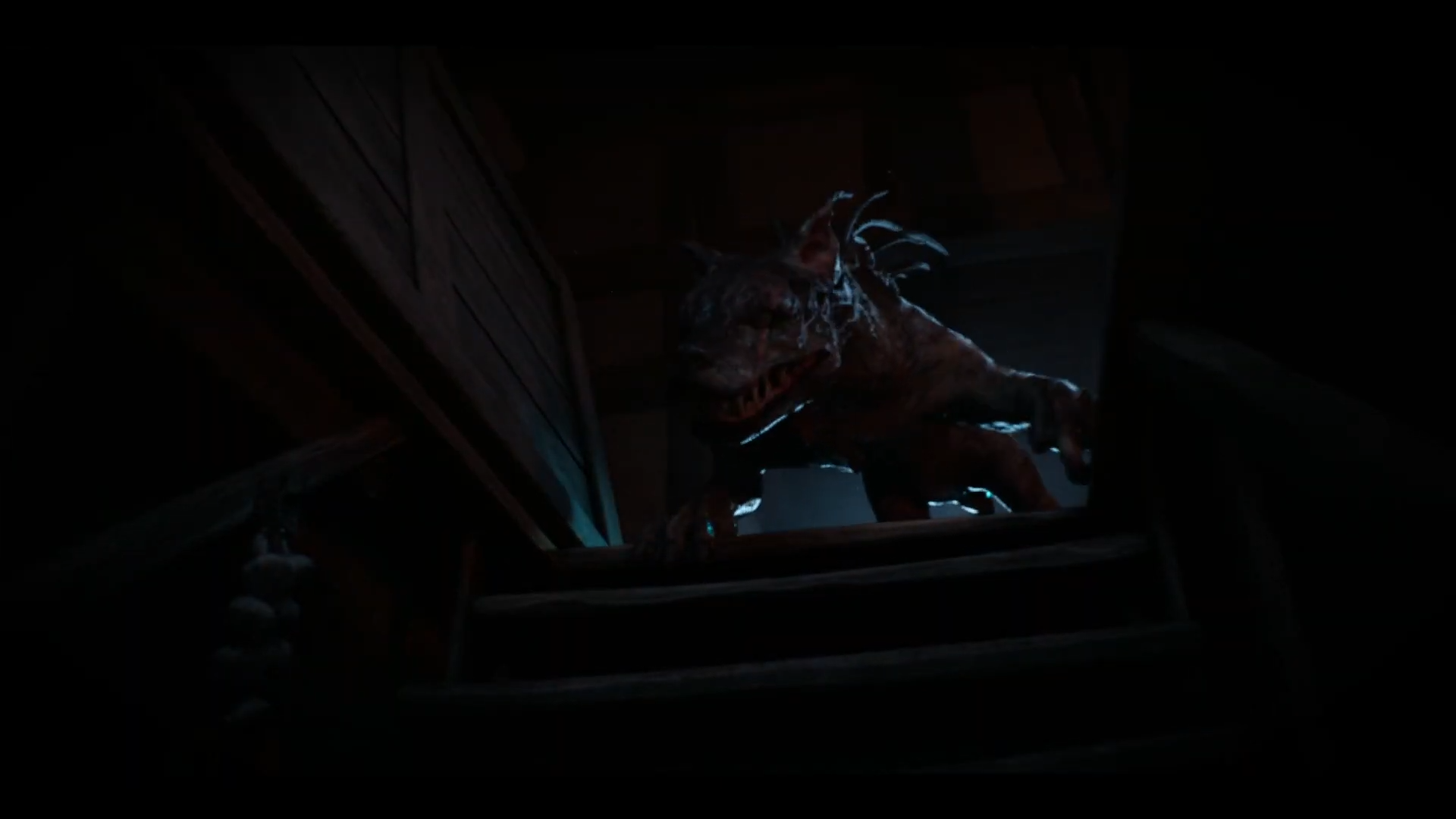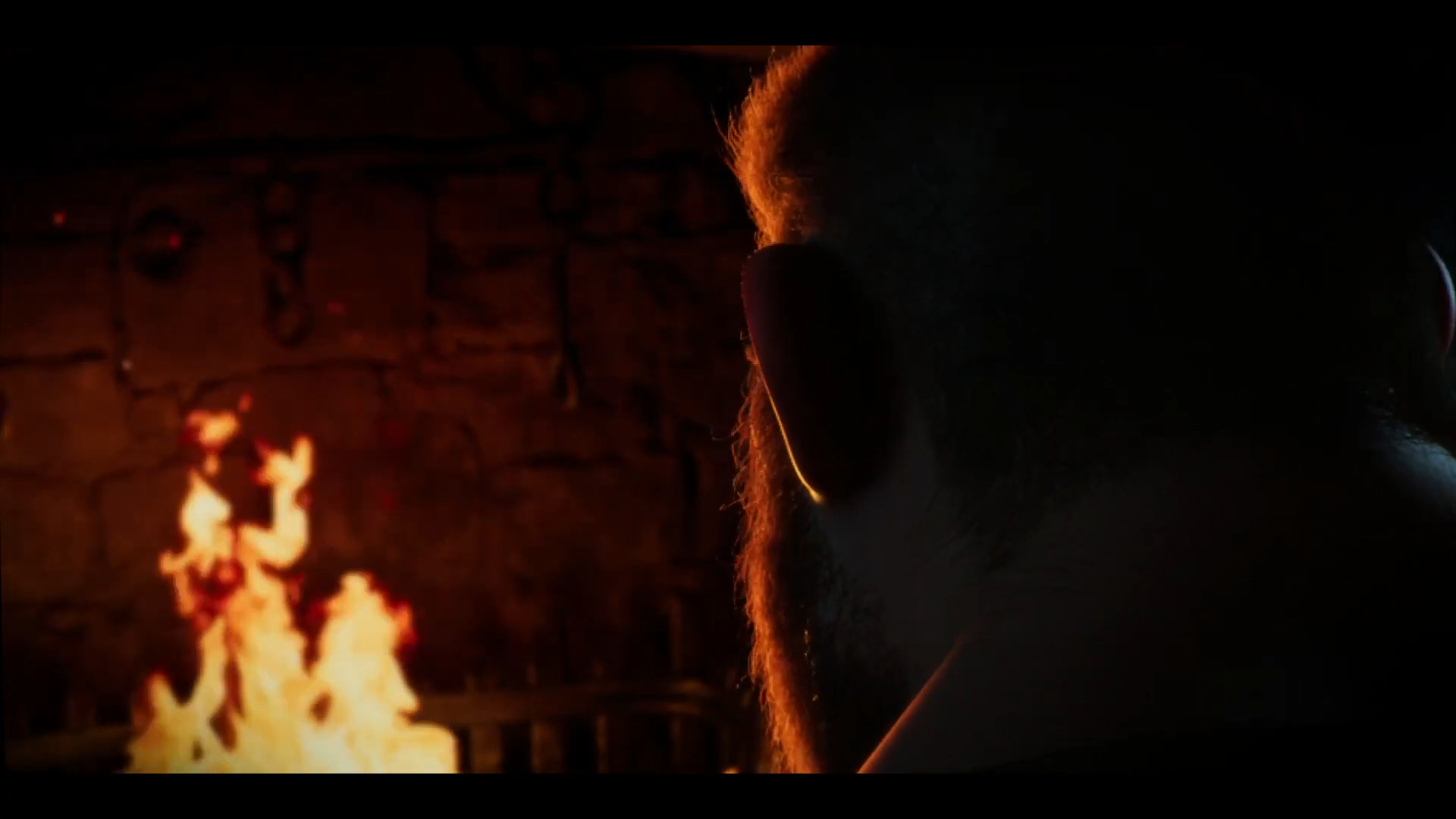Amorak — Sound Design
World-building through immersive audio design and character sound signatures.
Audio Showcase
Experience the complete audio design in context with the animation. Notice how sound elements respond to visual cues and support the narrative progression.
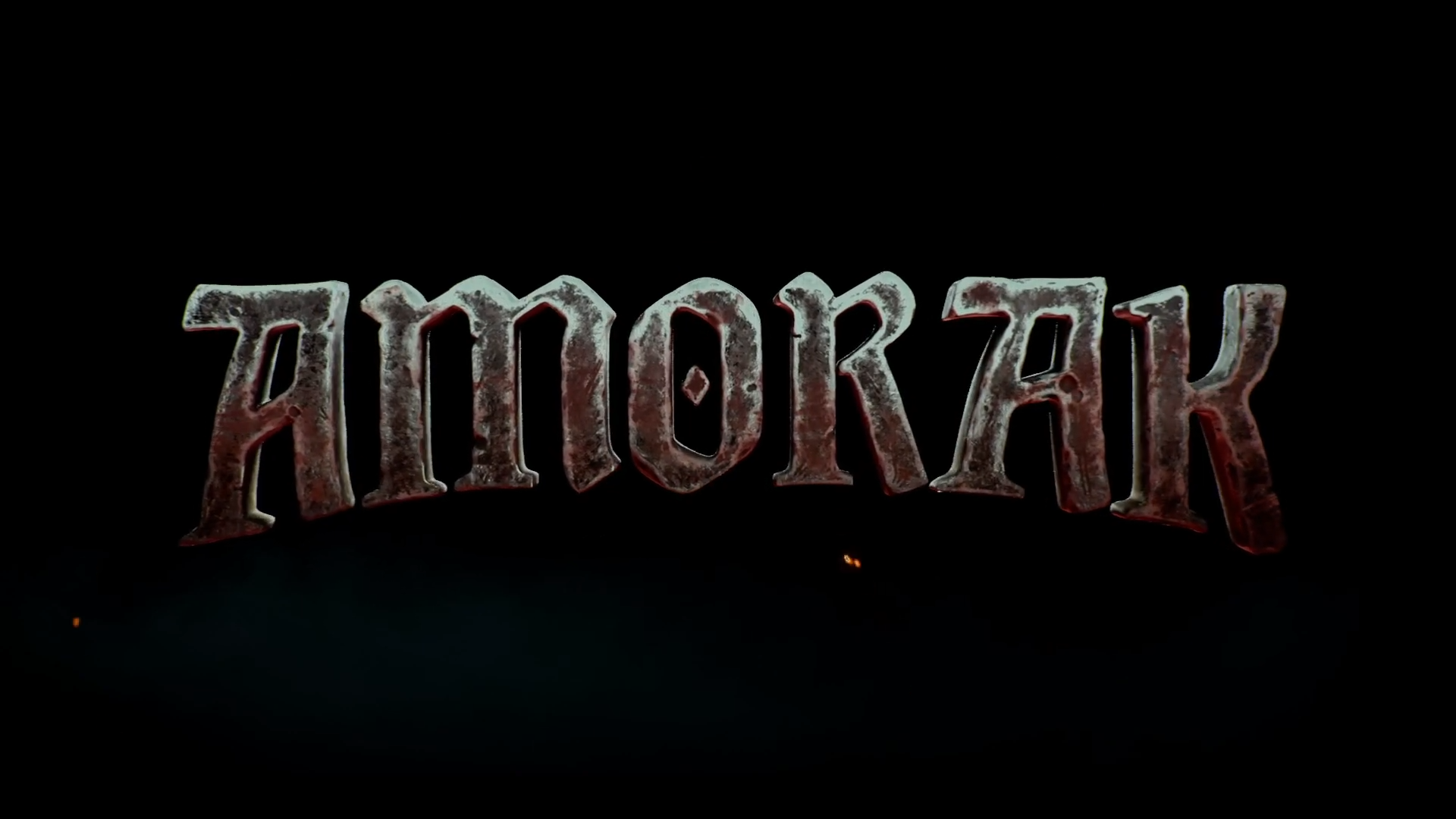
Overview
Amorak was an exercise in world‑building through sound. I created character signatures and environmental layers that scale with camera proximity, keeping the mix readable while reinforcing the story tone.
Sound Design Approach
Creature Signatures
Each creature in Amorak has a unique sonic identity built from organic textures, processed animal vocalizations, and synthesized sub-frequencies. The beast's presence is felt through low-frequency rumbles that scale with proximity, creating an unsettling atmosphere even when off-screen.
Environmental Layers
The basement environment uses layered ambient textures - dripping water, creaking wood, distant echoes, and subtle electrical hums. These elements dynamically respond to the camera position, creating depth and spatial awareness that guides the viewer's attention.
Narrative Support
Sound design reinforces the story's emotional beats through careful frequency manipulation and dynamic range control. Tension builds through gradual introduction of discordant elements, while release moments use natural reverb and space to provide breathing room.
Technical Implementation
Proximity-Based Mixing
Implemented a 3D spatial audio system where sound elements adjust based on camera distance and angle. Close-up shots emphasize intimate details like breathing and footsteps, while wide shots focus on environmental ambience and creature calls.
Frequency Design Strategy
Careful frequency allocation ensures clarity across all elements. Creature sounds occupy the 40-200Hz range for body and presence, while environmental details fill the mid-range. High frequencies are reserved for tension-building textures and detail work.
Dynamic Layering
Audio layers build progressively throughout scenes, starting with minimal ambience and adding complexity as tension increases. This approach maintains listener engagement while avoiding overwhelming the mix during critical dialogue moments.
Visual Showcase
